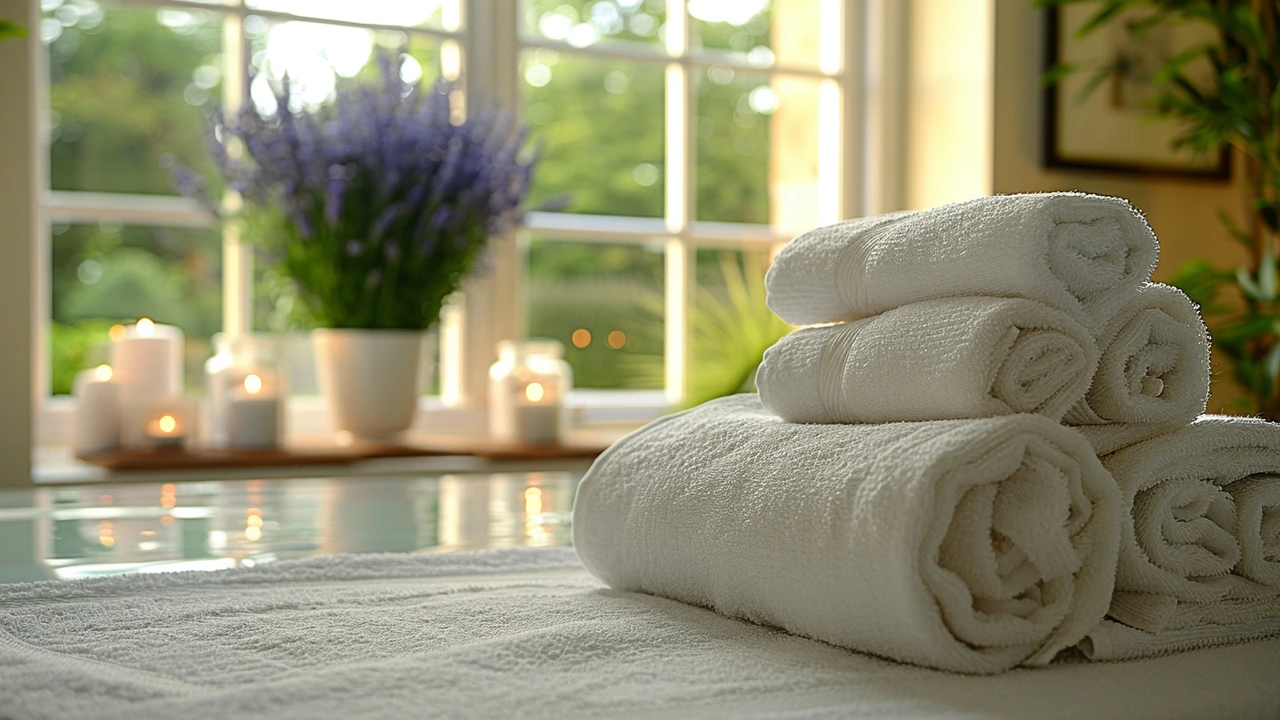Muscle Release Technique: How Myofascial Release and Fascia Stretching Ease Pain and Improve Mobility
When your muscles feel tight, stiff, or stuck—like they’re wrapped in invisible glue—you’re not just sore. You’re dealing with your muscle release technique, a category of hands-on or self-applied methods designed to break up adhesions in connective tissue and restore natural movement. Also known as myofascial release, it’s not just about rubbing sore spots. It’s about resetting how your body moves, feels, and recovers. This isn’t a quick fix. It’s a way to undo years of sitting, stress, and overuse that lock your tissues into painful patterns.
The most effective muscle release techniques don’t rely on force. They work with your body’s own response. myofascial release, a gentle, sustained pressure applied to the fascia—the web-like tissue surrounding every muscle. Also known as fascial release, it’s how therapists and athletes undo knots that regular massage can’t touch. Then there’s fascia stretching, a slow, controlled movement that elongates the fascial network to improve flexibility and reduce stiffness. Also known as dynamic fascial mobility, it’s what you do when you roll out your back on a foam roller, not just to feel good, but to actually change how your body holds tension. These aren’t separate methods. They’re parts of the same system. Trigger point massage targets localized knots, compression therapy uses rhythmic pressure to flush out fluid, and percussion massage vibrates deep tissue to wake up sluggish muscles—all under the umbrella of muscle release technique.
You don’t need a clinic to make this work. People use tennis balls under their feet, massage guns on their quads, and even their own hands to find and release tight spots. It’s not about pain. It’s about finding the spot that feels like a knot, holding gently until it softens, and breathing through it. That’s how you reclaim movement you didn’t even know you lost. Whether you’re recovering from a workout, sitting at a desk all day, or just feel constantly stiff, the right muscle release technique can reset your body without drugs, surgery, or expensive equipment.
Below, you’ll find real guides that show you exactly how to do this—whether it’s using a Gua Sha tool to release facial tension, learning how to trigger point massage your own shoulders, or discovering why fascia stretching works better than static stretching for long-term mobility. These aren’t theories. They’re step-by-step methods used by people who’ve been stuck and found their way out.
The Ultimate Guide to Cross Fibre Release for Muscle Recovery
Cross fibre release is a targeted technique to break up muscle adhesions and improve mobility. Learn how to do it safely at home for lasting relief from chronic pain and stiffness.






